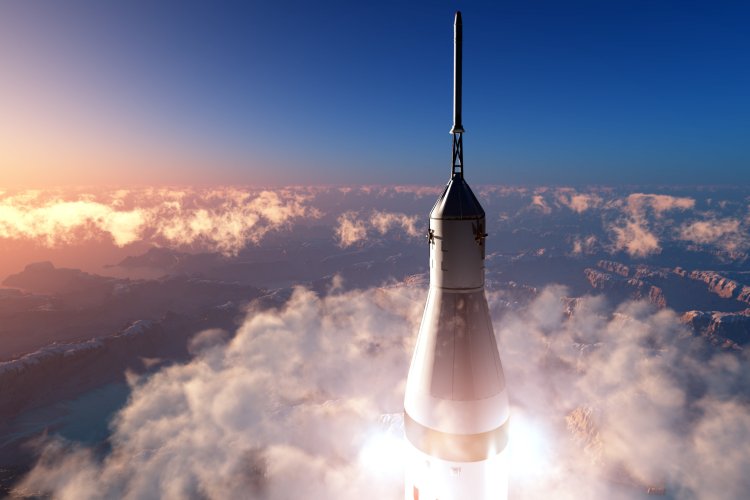To rise above the sky, take a look at the planet from above, spend a few minutes in zero gravity – and then come back to Earth. Everything takes from a few minutes to over an hour. In July 2021, a British and an American businessmen, Richard Branson and Jeff Bezos, made commercial suborbital flights.
Richard Branson's flight lasted for almost an hour and a half. The Virgin Galactic's Unity spacecraft flew to an altitude of 86 kilometers, which is the upper level of the mesosphere approximately. 10 days later Branson's altitude was surpassed by a US citizen, Jeff Bezos – the New Shepard rocket ship flew 107 kilometers above the Earth. Even before the launches, the Bezos' company, Blue Origin, claimed that it is their flight, with an altitude of more than one hundred kilometers, that can be called space flight, as opposed to the “high-altitude plane” of Branson. However, not all astronauts recognize both flights as space flights. So, what is a suborbital flight, and what are the prospects for commercial services of high-speed ascent into the atmosphere?
Where Space Begins
The claims that Richard Branson's flight was not a space flight are based on the altitude reached by the ship. The conventional border between the Earth's atmosphere and space begins at an altitude of 100 kilometers from the sea level and is called the “Karman Line.” This line is also the upper boundary of states, whose territory does not extend into space. Thus, Branson's suborbital flight is not recognized by many as a space flight.
The first man-made object to cross the Carman Line was the German V-2 ballistic missile in 1944. After the war, the launches of trophy rockets and vehicles based on the V-2 gave impetus to some American and Soviet space programs. The first animals to cross the 101-kilometer altitude and return to Earth alive were dogs Dezik and Tsygan, who made the flight on the R-1B rocket in 1951.
Not Closing the Circle
Suborbital flights are called “accessible space.” It is much easier for the human body to take off without going into orbit, to spend a few minutes rather than days or months in zero gravity. There is no need for the year-long training and preparations that took place for the first space tourists in the early 2000s, the health requirements are less stringent, too. Such flights are more accessible in financial terms as well: tourists who went to the ISS, paid dozens of millions of dollars. Speaking of suborbital tourism, the price of 200-250 thousand dollars seems to be mentioned quite often.
Suborbital flight is the flight of a vehicle along a ballistic trajectory with a velocity less than the first space velocity. The spacecraft is not able to enter the Earth's orbit, and therefore, having reached its limit, begins to fall back into the atmosphere. The speed required for suborbital flight with crossing the Karman Line, i.e., up to one hundred kilometers, is about 8 times less than the first space speed, 950 meters per second versus 7,910 meters per second.
Thus, the difference between the vehicles used for “low” space and those that go into orbit is enormous. Suborbital spacecraft are much smaller, require less fuel, and are designed to be reusable.
Not Only for Entertainment
The billionaires' flights in July revived interest in space tourism that had been forgotten for more than 10 years: The last commercial flight to the ISS was made by Canadian Guy Laliberté in 2009. Now we witness a new rise of beyond-space dreams, that have become more affordable. After his latest suborbital flights, the Russian astronaut Andrey Borisenko said in a conversation with RBC that such flights can be seen as an expensive and interesting attraction, although it cannot be entirely considered a space flight.
However, suborbital trajectories are used not only for entertainment purposes. The use of suborbital flights for military purposes is studied quite well – after all, it was with the launch of the V-2 that started this era.
Suborbital research is used for peaceful purposes in full-fledged space programs, with the launch of vehicles into orbit. For example, the stages of individual rockets, after ascending to a certain altitude, return to the Earth along a suborbital trajectory. Thus, reusable spacecraft appear. It is possible for the stages to land on parachutes or on pads, with the use of engines.
Some experts predict the possibility of launching suborbital transport in the future. It would reduce the time of flight from continent to continent by several times.
Photo: 1971yes / ru.123rf.com
Based on publications in Kommersant, cosmos.agency, RBC






















